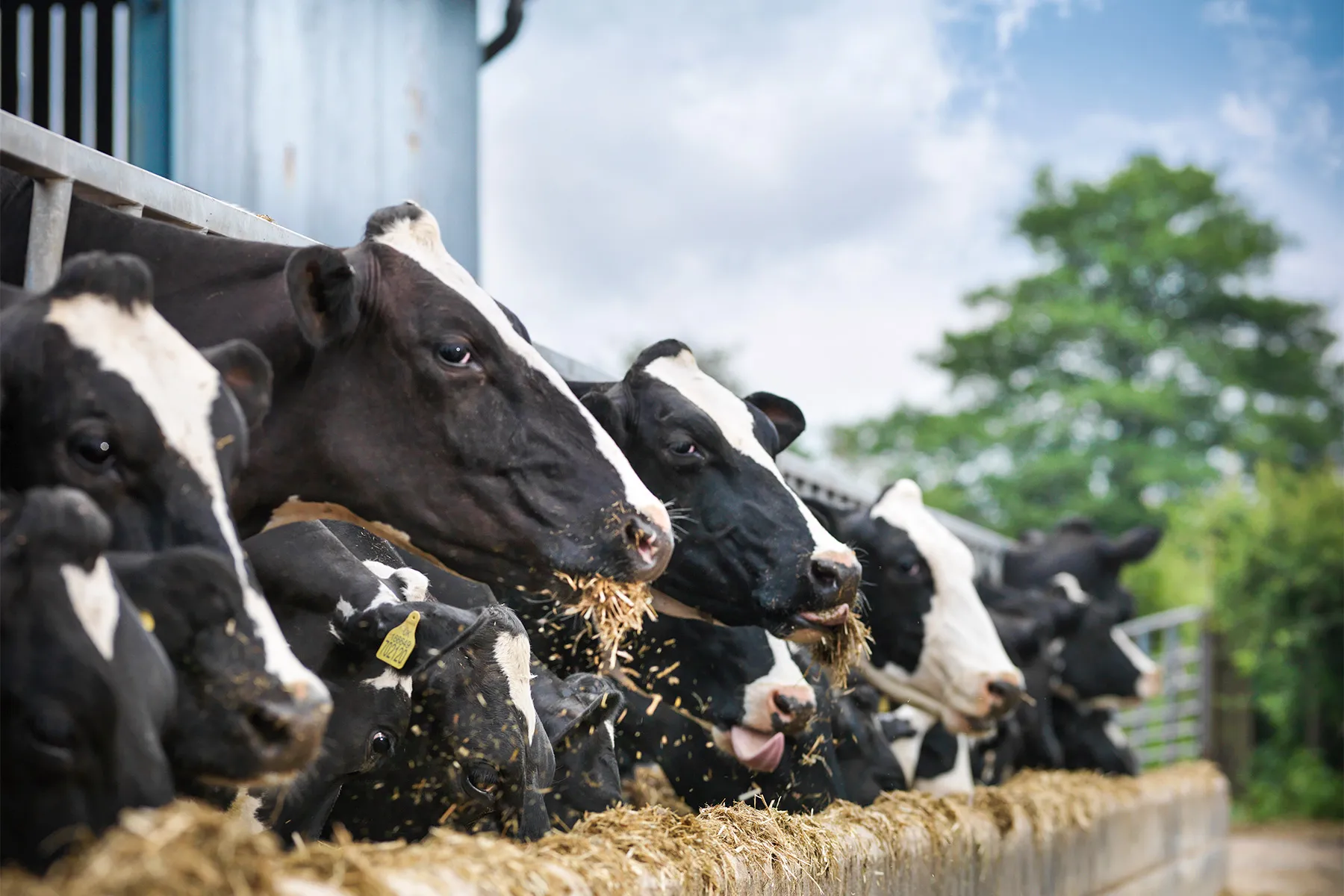May 14, 2024 – So far, the unexpected jump of bird flu to cattle has not emerged as a new human flu pandemic. Yes, a dairy worker got pink eye this year after being infected, but a larger threat to all of us has not yet materialized.
That doesn’t mean experts are not keeping a close eye on the situation.
“The current risks to the public of this infection is very low,” said Maximo Brito, MD, MPH, a professor of medicine at the University of Illinois College of Medicine in Chicago. “The CDC is conducting surveillance for unusual flu activity in doctor’s offices and emergency rooms. No significant problems have been detected thus far.”
“Just don’t kiss or hug the animals,” recommended Tina Tan, MD, who agreed the risk to U.S. population from bird flu remains low at this point. Tan is a professor of pediatrics at Northwestern University Feinberg School of Medicine, also in Chicago. Both infectious disease experts spoke during a news briefing sponsored by the Infectious Diseases Society of America (IDSA).
Infected cows have been reported at 36 farms in nine U.S. states. The federal government is requiring that cows test negative for bird flu, also known as avian flu, before crossing state lines. But the feds do not have jurisdiction within states. Instead, they are making recommendations to help state leaders, agriculture officials, and others contain the outbreak, and paying affected farmers who suffered losses in recent months.
The H5N1 virus behind bird flu has been circulating in cows since December 2023. The virus passing from wild birds to cattle was a surprise, said Brito, who is also an IDSA fellow.
How Safe Are Milk, Eggs, and Beef?
The FDA tested retail milk and found parts of the virus in some samples. Further tests confirmed that pasteurization, the heating procedure that most milk goes through before sale to the public, deactivates the virus.
“Thus, the FDA thinks that the U.S milk supply is currently safe,” Brito said at the briefing on May 9.
At the same time, drinking raw or unpasteurized milk is risker. “It is very important … to alert the public to refrain from drinking unpasteurized or raw milk, that is milk straight from the cow without processing,” he said. “There are other diseases, not only influenza, that could be transmitted by drinking unpasteurized milk.”
Do not touch surfaces that may be contaminated with raw milk, or with the saliva, mucus, or feces of any potentially infected animals, officials warn.
In areas where there is bird flu or birds that are sick, cook poultry and eggs to an internal temperature of 165 F. Don’t eat raw eggs. Also, cooking beef to the appropriate temperature prevents transmission of infection.
“To date, the virus has not been found in beef,” Brito said.
OK for Now?
The H5N1 virus could evolve an ability to move to humans more easily, “but that’s all speculative right now,” Brito said. The virus variant that is circulating among cattle is not an efficient cause of disease in humans. But there can be genetic shifts in these viruses, which has happened before. There may be added concern if H5N1 passes to pigs, he said, because their viral receptors are closer to those in humans.
If the virus does jump to people, children may be at higher risk. “As you know, kids are very different from adults in that they’re much more likely to hug and kiss an animal,” said Tan, who is also president-elect of the IDSA.
There are elementary schools that have chickens and ducks as school pets. Some families have chickens as pets. “Kids also drink a lot of milk, including some kids that drink unpasteurized raw milk,” she said.
The Ann & Robert H. Lurie Children’s Hospital of Chicago, where Tan works, is ready if H5N1 starts to cause significant infections in children. “We’re going to treat it very much like pandemic influenza. We have protocols in place for pandemic influenza and for COVID, which can be adjusted toward H5N1 if that were to become a real problem.”
Brito added, “We haven’t implemented any specific emergency protocols, but we are always monitoring what’s happening on the ground.”
https://img.lb.wbmdstatic.com/vim/live/webmd/consumer_assets/site_images/article_thumbnails/BigBead/mad_cow_disease_bigbead/1800x1200_mad_cow_disease_bigbead.jpg
2024-05-14 20:17:44





